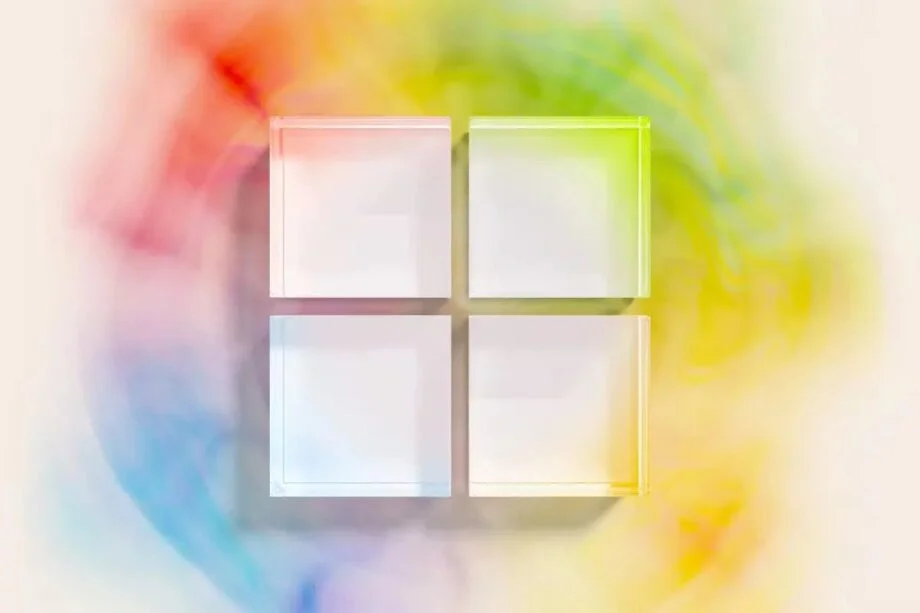
On a disruptive Friday, 8.5 million Windows devices were brought to a standstill by a faulty update from cybersecurity firm CrowdStrike. This update precipitated widespread system crashes, commonly known as the Blue Screen of Death. In response, Microsoft has developed a crucial recovery tool aimed at addressing this massive technical disruption.
Microsoft’s newly introduced recovery tool is designed to streamline the restoration process for Windows machines affected by the CrowdStrike software mishap. This tool generates a bootable USB drive that IT administrators can utilize to facilitate a swift recovery of impacted systems.
Functionality of the Recovery Tool
The tool operates by booting into the Windows PE (Preinstallation Environment), a lightweight version of Windows used for deployment and recovery tasks. Once initiated, it accesses the disk of the affected machine directly and automatically removes the problematic CrowdStrike file. This allows the device to boot correctly without necessitating entry into Safe Mode or administrative rights.
Challenges in Manual Recovery
Prior to the introduction of this tool, IT administrators faced significant challenges in rectifying the issue. Some reported that repeated rebooting might trigger the necessary updates to rectify the fault, but for many, the only solution was to manually boot into Safe Mode and delete the problematic update file from CrowdStrike.
Special Considerations for Encrypted Devices
For devices protected by BitLocker encryption, the recovery tool is equipped to handle such complexities. It prompts for the BitLocker recovery key and, upon authentication, proceeds to correct the issue associated with the CrowdStrike update.
Recognizing the varied environments in which Windows operates, Microsoft has also provided tailored recovery steps for Virtual Machines running on its Azure platform. Moreover, comprehensive recovery guidelines for all devices operating Windows 10 and Windows 11 have been published on Microsoft’s official support site.
| Feature | Description |
|---|---|
| Bootable USB Creation | Facilitates the creation of a USB for system recovery. |
| Automatic File Deletion | Removes problematic files without manual intervention. |
| BitLocker Integration | Handles encryption challenges during the recovery process. |
| Support for Virtual Machines | Provides specialized instructions for Azure-based VMs. |
| Comprehensive User Support | Detailed guidelines available for Windows 10 and 11 devices. |
Microsoft’s development and deployment of a recovery tool represents a vital step in mitigating the impact on millions of users worldwide. This proactive approach not only assists in immediate recovery efforts but also enhances the resilience of IT infrastructure against potential future disruptions.
Featured image credit: Gemma Ryles via Trusted Reviews
Follow us for more breaking news on DMR
